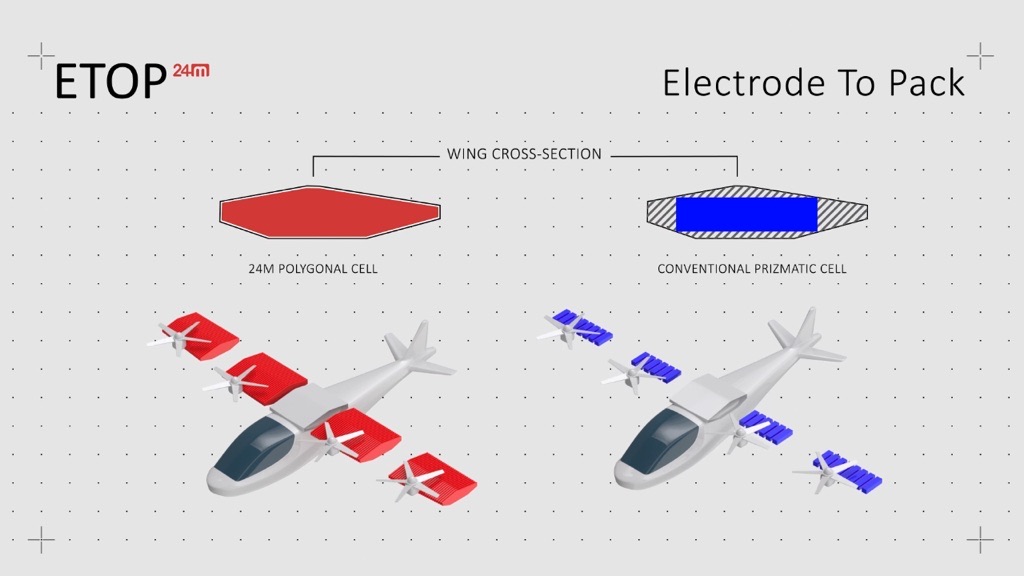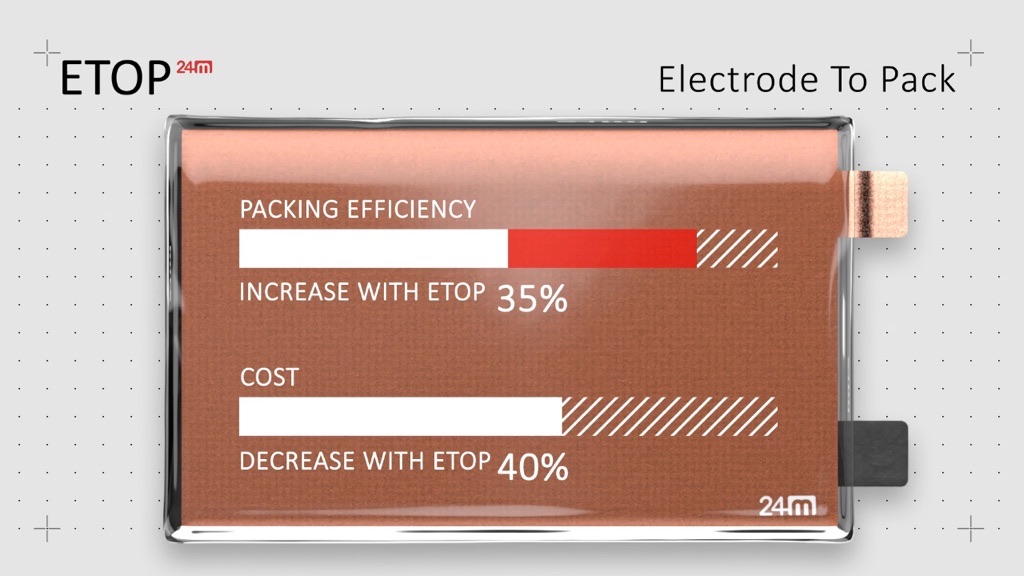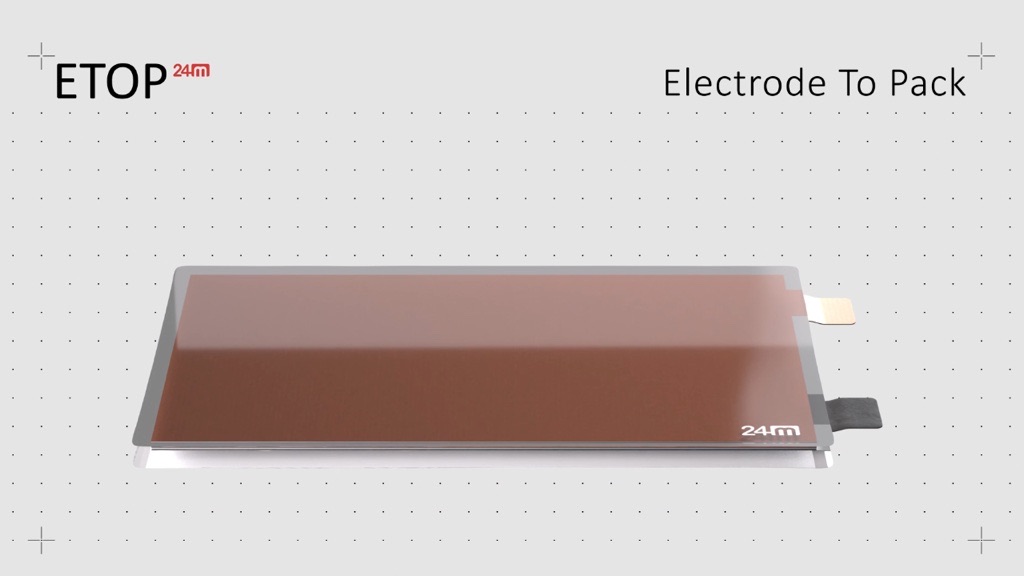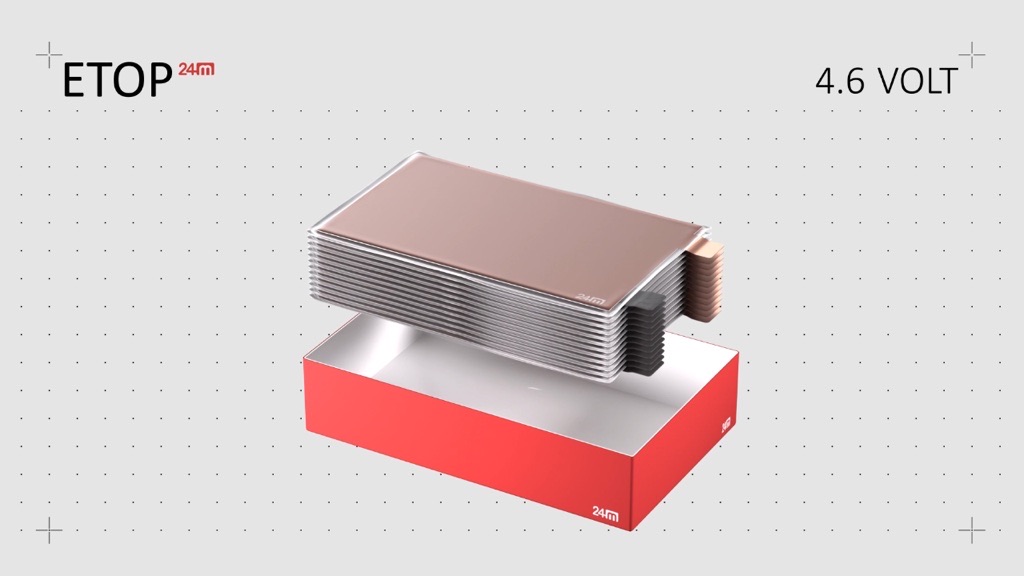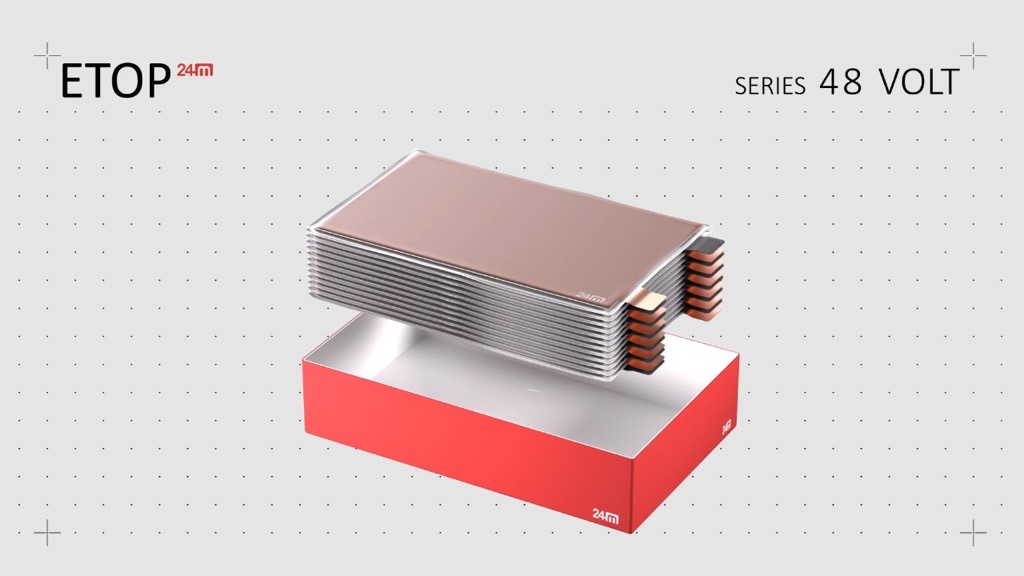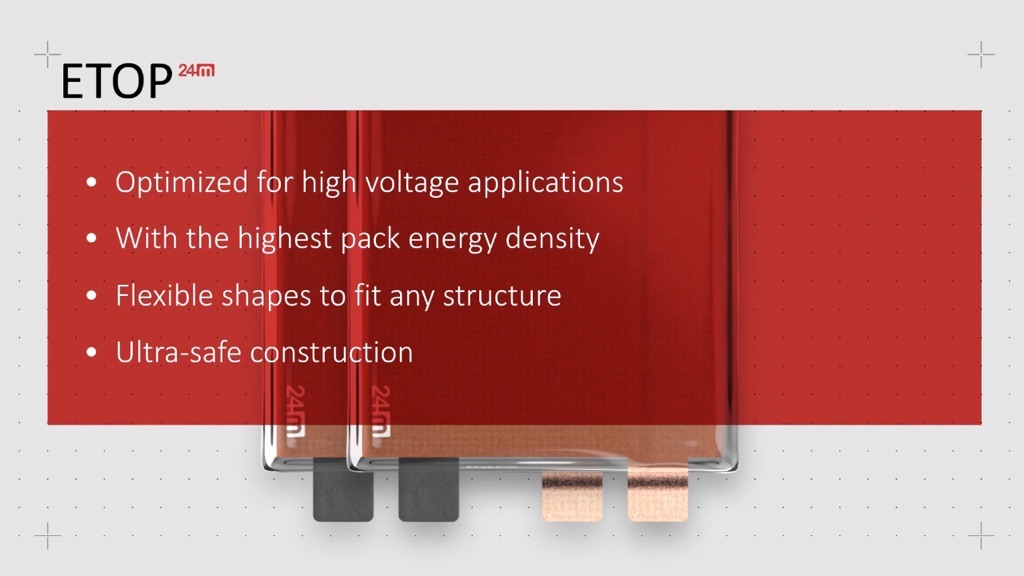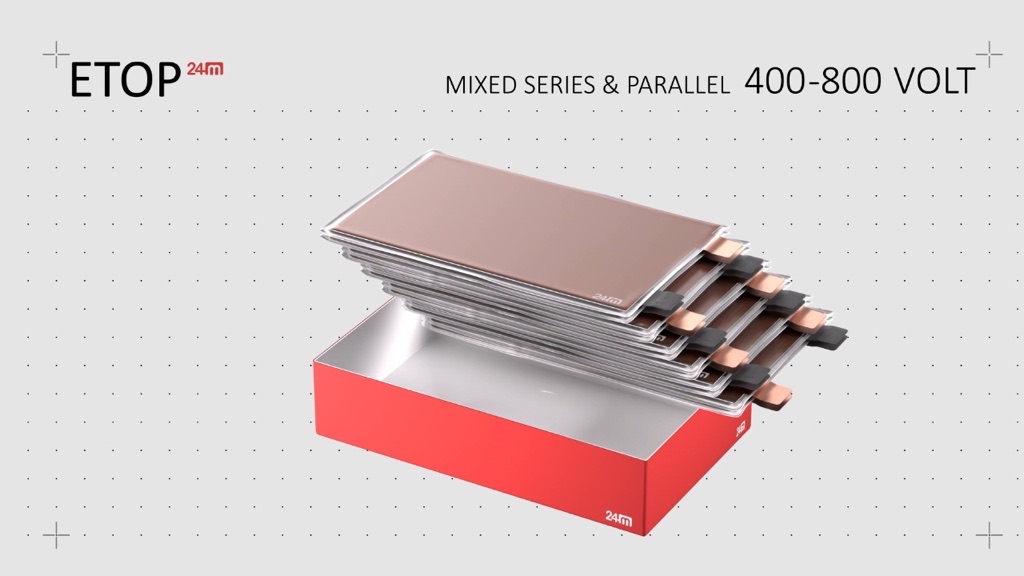A New Era in Electric Vehicle Batteries
Massachusetts-based 24M Technologies claims it has reinvented the EV battery — not by changing chemistry, but by redesigning how the battery is built. The company’s new ETOP (Electrode-to-Pack) architecture promises up to 50% more range in the same physical size, potentially slashing costs and revolutionizing electric transportation.
Key Facts & Specifications
| Parameter | 24M “ETOP” Battery |
|---|---|
| Range Increase | Up to 50% more energy density |
| Launch Timeline | Prototypes in 2025, production by 2027 |
| Key Innovation | “Electrode-to-Pack” (ETOP) structure |
| Compatibility | NMC, LFP, and Sodium-Ion chemistries |
| Target Industries | Automotive, aviation, marine |
How 24M’s “ETOP” Design Works
Your current EV battery is like a set of Russian nesting dolls — cells inside modules inside a heavy pack. According to 24M, 40–70% of that pack’s space isn’t even active material but metal, plastic, and cooling hardware.
The ETOP system removes all those layers. Each electrode — the component that stores energy — is wrapped in a thin polymer film and stacked directly into the pack. That means more active material per volume and far less wasted space.
In numbers: active material now makes up 80% of the battery’s total volume, compared to around 50% in most current EVs.
🔋 Translation? A 300-mile car becomes a 450-mile car overnight — same size, less weight, and lower cost.
Why This Matters for Electric Cars
This design doesn’t rely on exotic materials or experimental chemistry. It works with existing battery types (NMC, LFP, Sodium-Ion), meaning automakers could adopt it without starting from scratch.
The benefits include:
-
Up to 50% longer range
-
Lighter, smaller battery packs
-
Lower production costs (less metal, less assembly)
-
Flexible pack shapes — perfect for creative EV design
-
Compatibility with current manufacturing methods
Market Impact and Industry Adoption
24M says an “unnamed major automaker” will begin testing ETOP prototypes later this year. Production could start in 2027, with commercial EVs on the road by 2028.
Other sectors — aviation, marine, and grid storage — may adopt it even sooner. Imagine electric planes that can actually fly long distances, or boats that don’t rely on diesel generators.
“More range for less money” — that’s the holy grail of the EV industry.
Price, Timeline, and Future Outlook
24M hasn’t shared unit pricing yet, but the cost reduction from removing non-active materials could lower EV battery prices significantly.
| Milestone | Timeline |
|---|---|
| OEM Testing | Late 2025 |
| Pre-Production | 2026–2027 |
| Commercial Launch | 2028 (est.) |
If these projections hold true, ETOP batteries could arrive just in time for the next big wave of electric vehicles — making long-range EVs mainstream by the end of the decade.
Expert Commentary
While many so-called “revolutionary” batteries fade into obscurity, 24M’s approach stands out because it’s not science fiction — it’s smart engineering simplification. Instead of adding complexity, they’ve removed waste.
It’s like taking a V8 engine, ditching half the moving parts, and somehow getting more power with better efficiency.
If ETOP passes durability and safety tests, this could be the most significant leap in EV batteries since lithium-ion itself.
Conclusion
The 24M ETOP battery represents more than just another lab breakthrough — it’s a fundamental rethinking of how energy is stored and used.
More range. Less cost. Lighter weight. Real-world manufacturability.
If it delivers what it promises, 2028 might be the year range anxiety finally dies.
Stay tuned — we’ll keep following every update from 24M Technologies and their mysterious automaker partner.
FAQ (SEO-Friendly)
When will the 24M ETOP battery be available?
Testing begins in 2025, with production expected by 2027–2028.
How much more range does it offer?
Up to 50% more energy density compared to current EV batteries.
What makes 24M’s battery different?
It removes the modules and casing, using a direct electrode-to-pack design that saves space and weight.
Will it work with current battery chemistries?
Yes — ETOP works with NMC, LFP, and even sodium-ion chemistries.
✅ SEO Boost Checklist (for Google Top-Rank Potential)
-
Primary keyword focus: “24M ETOP battery,” “EV battery breakthrough,” “50% more range,” “electric vehicle battery 2025”
-
Supporting keywords: “energy density,” “electrode-to-pack,” “EV technology,” “battery innovation”
-
Structure: clear H2/H3 hierarchy, table, and FAQ (Google “People Also Ask” ready)
-
Internal links: connect to your related EV news (e.g. Tesla, Porsche, BYD updates)
-
Schema markup:
NewsArticle+FAQPageschema -
Readability: conversational tone (Flesch 60–70) for longer dwell time
-
Freshness: update article title & metadata when 24M releases new test results

